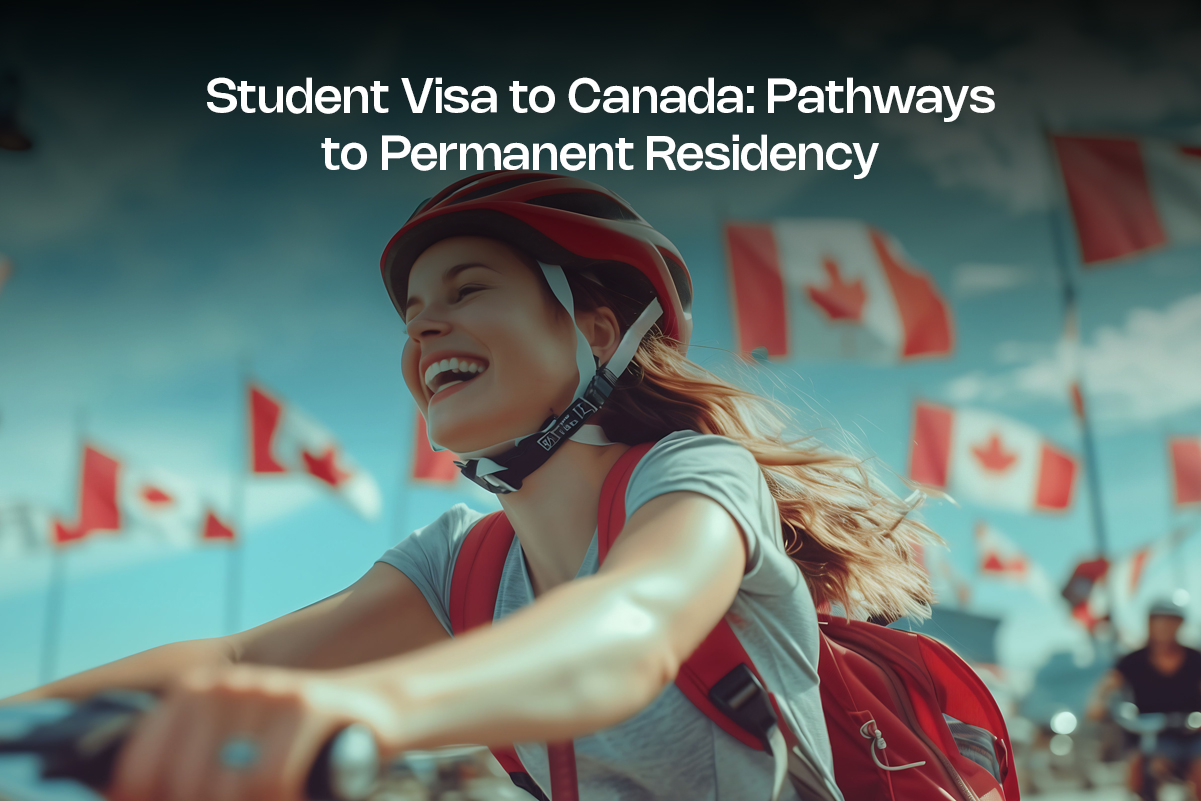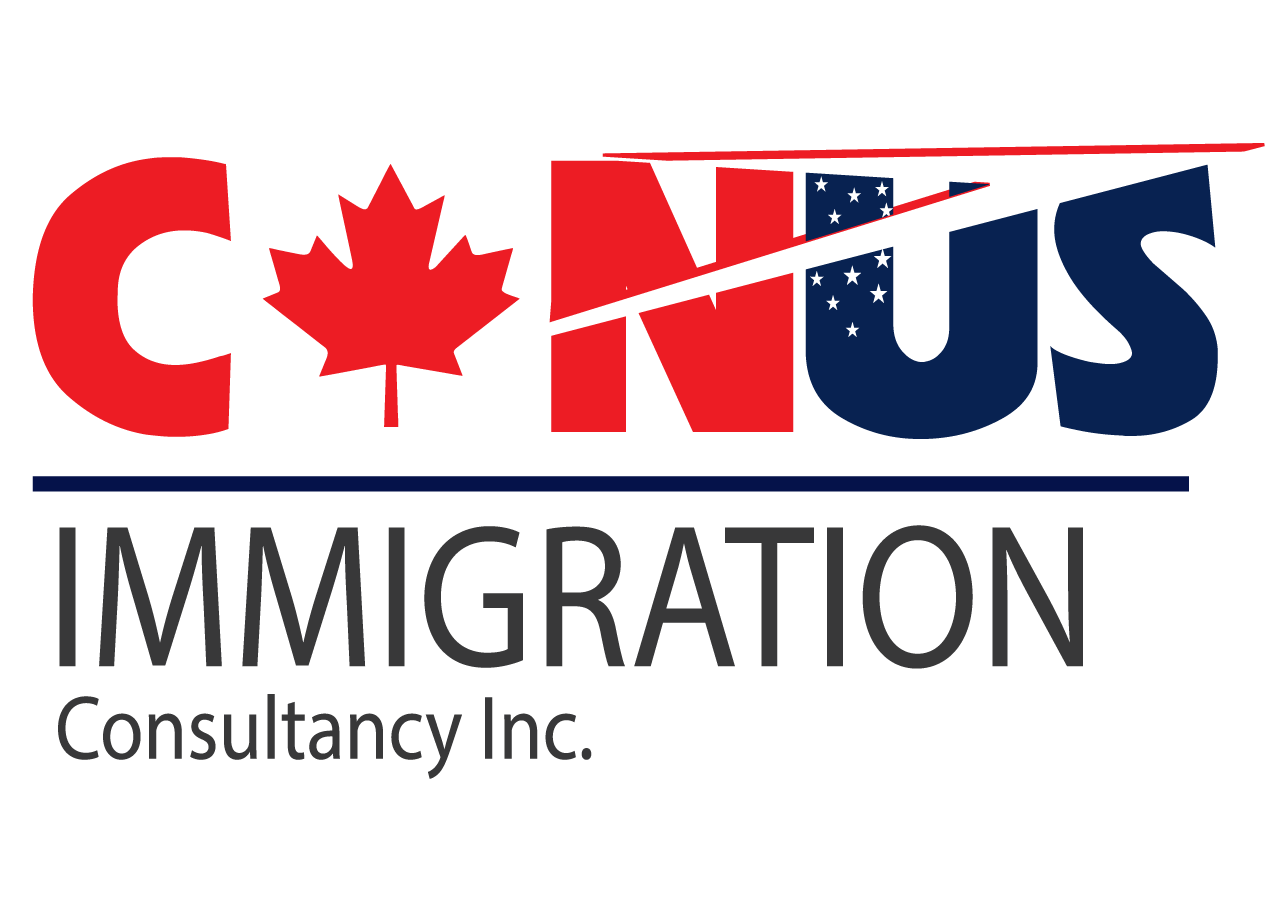Student Visa to Canada: Pathways to Permanent Residency

Canada opens its doors to international students every year. You can study here and build a life afterward. The path from student to permanent resident is clear and achievable.
Many students turn their study permits into permanent residency. This guide walks you through each step. You will learn how to make smart choices that lead to your Canadian future.
Pick the Right Study Program
Your study program shapes your entire immigration journey. Choose carefully from day one. Not every program opens doors to permanent residency.
You need a program that runs for at least eight months. It must be full-time at a recognized school. Public colleges and universities work best. Private schools qualify only if they offer degree programs.
Check the official list of designated learning institutions. Do this before you pay any fees. Many students skip this step and face problems later. Your program choice affects everything that comes next.
Work While You Study
Canada lets students work during their studies. This helps in two big ways. You earn money for rent and food. You also gain work experience in Canada.
Students can work 24 hours each week during classes. You can work full-time during breaks. Many students take jobs in stores, restaurants, or on campus. These jobs teach you how Canadian workplaces operate.
Keep all your pay stubs and work letters. You need these papers later for your permanent residency application. Every work hour adds value to your profile.
Get Your Post-Graduation Work Permit
This permit is your ticket to staying in Canada. You get an open work permit after graduation. This means you can work for any employer anywhere in Canada.
The permit length matches your study time. Study for two years, get a two-year permit. Study for three years or more, get a three-year permit. You must apply within 180 days after you finish your program.
An open work permit gives you freedom. You can change jobs without asking the government. You can try different careers and cities. You can negotiate better pay because you have options. This flexibility helps you find work that fits your goals.
Build Skilled Work Experience
Not every job counts for permanent residency. Canada ranks jobs using a special system. You need work in skilled categories. Focus on these job types:
- Management roles like store managers or department supervisors
- Do you have experience in IT? You can prefer jobs such as accountants, IT workers, or engineers
- Technical work, including lab technicians or design specialists
- Skilled trades like electricians, chefs, or plumbers
You need one year of full-time work. That equals 1,560 hours total. Work 30 hours per week for 12 months. Work 20 hours per week for 18 months. Both options work the same way.
Get reference letters from each employer. These letters must show your job title, your duties, your hours, and your pay. Use clear language that matches official job descriptions. Weak letters slow down your application.
Apply Through Express Entry
Express Entry is the main way to get permanent residency. Think of it as a points game. You earn points for your education, work, age, and language skills. High scorers get invited to apply.
Your Canadian degree gives you points. A diploma adds 15 points. A bachelor’s degree adds 15 points. A master’s or PhD adds 30 points. Work experience in Canada brings even more points. One year gives you 40 points. Three years gives you 80 points.
Language tests matter a lot. Take IELTS or CELPIP. Aim for the highest scores possible. Better scores mean more points. A strong score can add 50 extra points to your total.
The government picks candidates every two weeks. Recent cutoffs sit between 470 and 500 points. Check your score early. Use online calculators to estimate your points. Then work on areas that need improvement.
Use Provincial Nominee Programs
Each province has its own immigration program. These programs help provinces get the workers they need. International graduates often find easier paths through these programs. Different provinces offer different benefits:
- Ontario’s Master’s Graduate Stream requires no job offer if you hold a master’s degree
- British Columbia offers faster processing to graduates from BC institutions who secured employment
- You need at least six months of work experience in Alberta to qualify for their graduate stream
- Saskatchewan looks for graduates working in occupations their economy needs most
A provincial nomination adds 600 points to your Express Entry score. This makes your invitation almost certain. Look into your province’s program during your first term. Many students miss out because they learn too late.
You can apply to provincial programs while you work. Processing takes two to six months. Each province has different timelines.
Consider LMIA Work Permits
Some students get employer-specific permits instead. An LMIA based work permit Canada needs your employer to prove they tried hiring Canadians first. The employer posts the job and reviews applications. Then they show the government why they need you.
This option helps in certain cases. Your employer shows they want to keep you long-term. You get extra points for Express Entry. These points range from 50 to 200 based on your job level. You have a stable job while your PR processes.
Getting an LMIA based work permit Canada takes more work than an open permit. Your employer pays fees and fills out forms. The process takes three to six months. Jobs in high-demand fields get approved more easily.
Talk to your employer about this if they want you to stay. Many companies choose this path for valuable employees.
Get Expert Immigration Help
At Canus Immigration, we help international students every day. We know what works and what doesn’t. Our team tracks all the policy changes that affect your future.
We help you pick the right study program. We check your work experience meets the requirements. We calculate your points and find ways to improve them. We prepare your documents carefully.
Students often search for the best immigration consultant near me when they need help. We create plans that fit your education, work history, and goals. Your success in getting permanent residency is our success too.
Begin planning your immigration path in your first semester. Make a timeline with key dates. Include your graduation, work permit application, and when you can apply for PR. Mark these dates clearly.
Your journey from student to permanent resident needs planning and patience. Canada values graduates who bring skills and new ideas. Take smart steps, focus on your goals, and you can build your future here.
